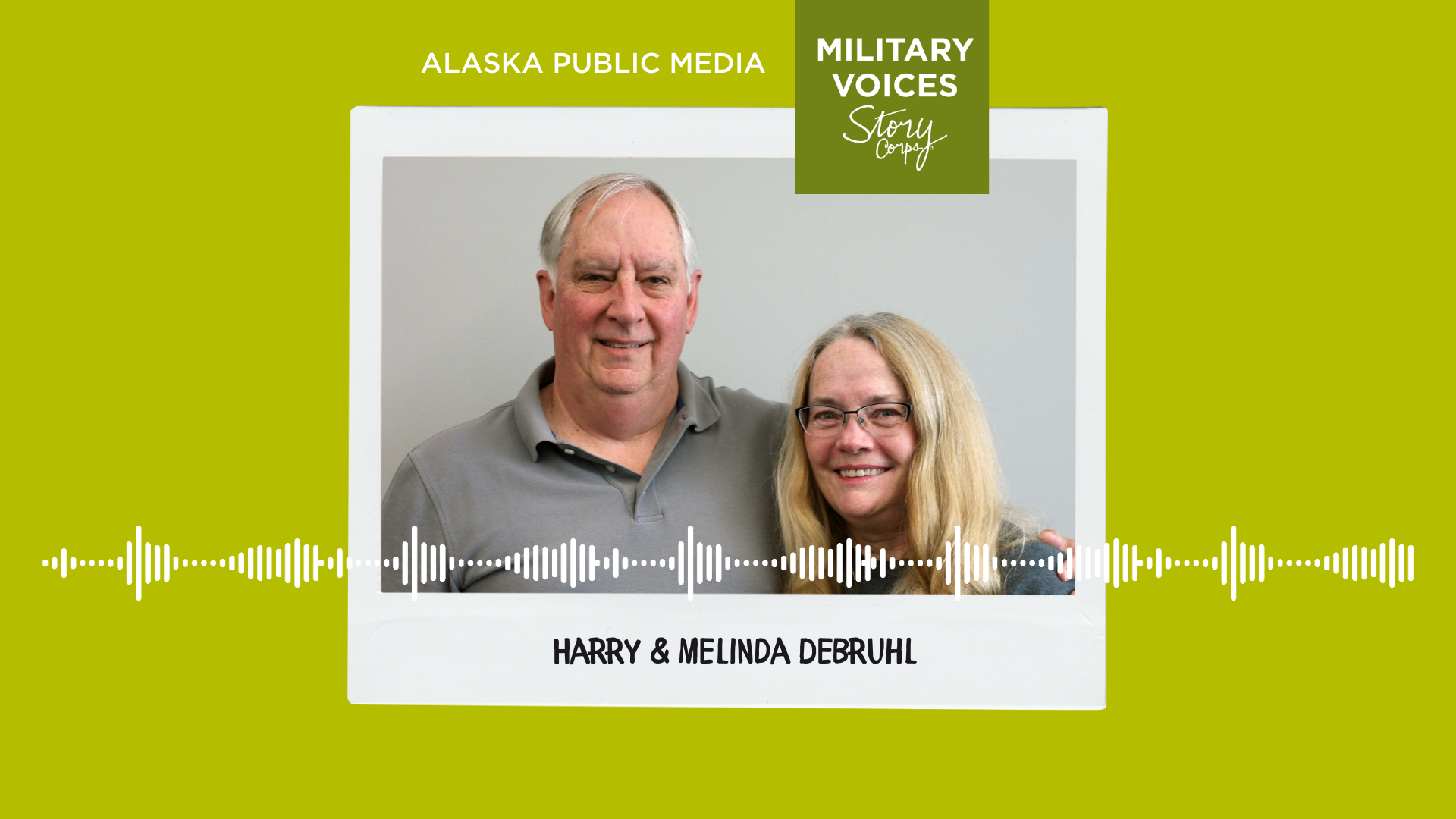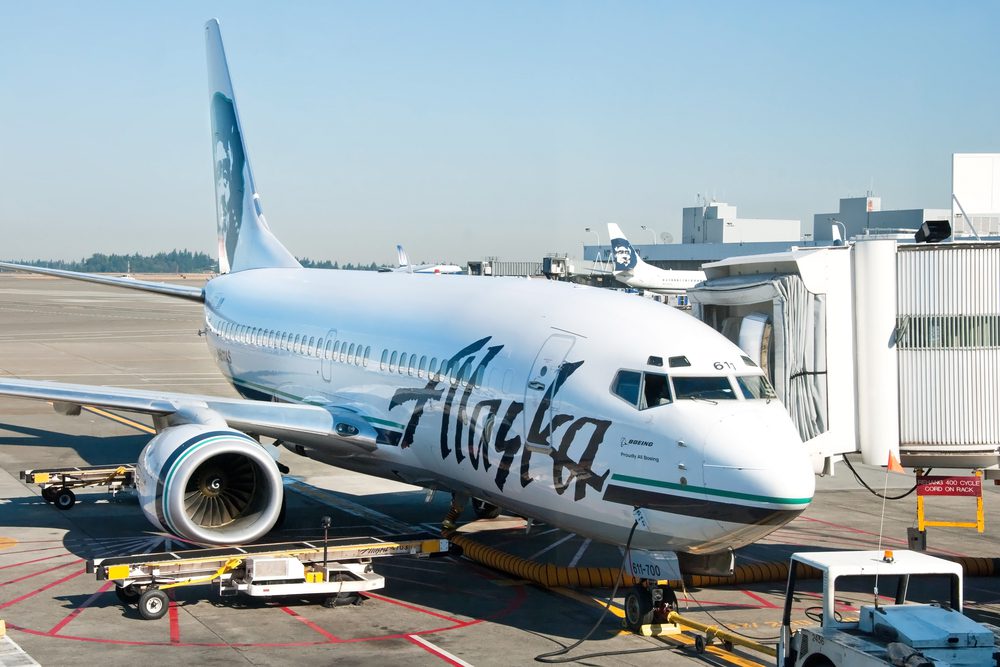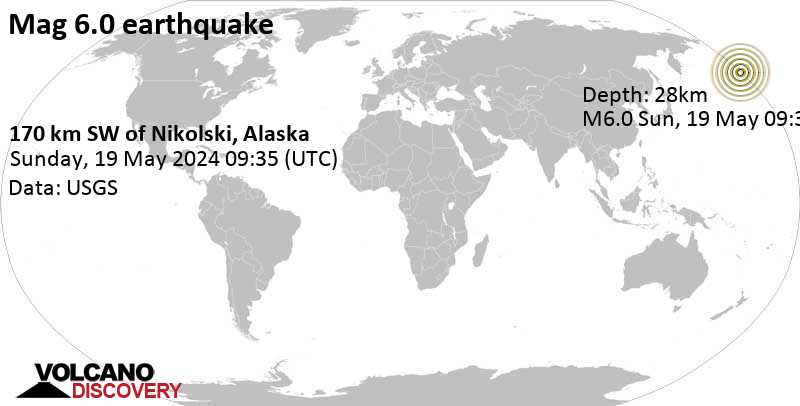JUNEAU, Alaska – Nearly every Alaskan will receive a $1,312 check starting this week, their annual share from the earnings of the state’s nest-egg oil fund. Some use the money for extras like tropical vacations but others — particularly in high-cost rural Alaska where jobs and housing are limited – rely on it for home heating fuel or snow machines that are critical for transportation.
But the unique-to-Alaska benefit has become a blessing and a curse in a state that for decades has ridden the boom-bust cycle of oil, and it now competes for funding with services like public education, health care programs and public safety as lawmakers tap into the earnings to help fund the state budget. Squabbling over the oil checks’ size has resulted in legislative paralysis, and a Senate proposal aimed at resolving the dividend debate this year fizzled with no agreement.
As Alaska struggles to attract workers and stem a years-long trend of people moving away, some residents are wondering how the dividend fits into the future of a state with no income tax or statewide sales tax.
“You cannot grow anything without investing in it … and we’re not investing money in education, our university system, childcare. We’re not investing in the very core services that are going to help grow our state,” said Caroline Storm, who heads an education advocacy group and said her stepchildren left Alaska after high school because they didn’t see opportunities for themselves.
This year, the state Legislature approved a one-time, $175 million funding boost for schools in response to pleas from administrators who said they were being forced to cut programs or increase class sizes. But Republican Gov. Mike Dunleavy cut the funding in half.
Senate Majority Leader Cathy Giessel, a Republican who is pushing for a new pension program as a way to retain state workers, said she is conflicted about the dividend.
“I do understand that there are families that have come to rely on this, and that reliance increased as the size of the dividend increased. This is a tough adjustment in those scenarios,” she said. “At the same time, if we had a more robust economy and job opportunities with livable wages and … a pension for public employees, folks wouldn’t have to be so reliant on a dividend.”
Residents have received the check known as the Permanent Fund Dividend since 1982, roughly six years after voters in the early days of oil development in Alaska created the nest-egg Permanent Fund to preserve some of the oil wealth for future generations.
The fund is enshrined in the state constitution, which stipulates that at least 25% of mineral lease rentals, royalties and other income related to oil and mineral development go into the fund. The fund’s principal is constitutionally protected but its earnings are spendable. The dividend is not in the constitution.
Retailers such as furniture chain La-Z-Boy and Alaska Airlines run sales to coincide with the cash distribution, which begins this week with direct deposits. The average check over the program’s 42-year history is about $1,200.
Cynthia Erickson, who lives in the interior village of Tanana, about 130 miles (209 kilometers) west of Fairbanks, said this year’s $1,312 won’t stretch far in the community of about 220 people where goods must be brought in by plane or barge. Gas is $7.79 a gallon and the collapse of salmon fisheries and a poor moose hunting season has meant that locals’ freezers aren’t full heading into winter.
But the check is “better than nothing,” said Erickson, who runs the town general store and a bed and breakfast. For many in the region, the money helps pay bills, like fuel or electricity, or buy groceries, she said.
As lawmakers weigh the dividend’s future, Erickson favors “something that’s reasonable, not too small and not too big. We don’t want too big to wipe it out. We want to make it consistent to where it’ll last longer, and a fair amount. Anything we’re happy for, anything helps.”
The battle over the dividend has been years in the making.
For years, until 2015, the amount of investment earnings allocated to dividends was based on a rolling average of the fund’s performance, and the announcement of the yearly amount often was aired on live TV. That year, the dividend was $2,072, the highest to that point.
But it dropped by roughly half the following year when then-Gov. Bill Walker, an independent, slashed the amount available for dividends amid persistently low oil prices and large budget deficits. The state Supreme Court upheld his action, saying the dividend program must compete for funds like any other state program.
Lawmakers then began dipping into the oil fund’s earnings to help pay for government services when they couldn’t agree on new taxes and were blowing through savings. They capped the amount that could be withdrawn but failed to agree on a new formula for dividing it between dividend checks and government services. The result today is a dividend amount that gets decided from year to year by lawmakers with competing interests, all based on what can garner enough votes to get a budget passed.
Last year, an election year, Alaskans each received a dividend and special energy relief check totaling $3,284 — more than $13,000 for a family of four. The total cost of $2 billion was more than the $1.3 billion in K-12 support to school districts as Russia’s invasion of Ukraine sent oil prices soaring, reducing pressure on lawmakers to come up with a fiscal plan.
Moderating oil prices and lower revenue projections led to lower dividends this fall — but lawmakers promised a bonus check of up to $500 next year if oil prices exceed forecasts.
The Senate-advanced proposal this year called for designating 75% of oil fund earnings’ draws to government and 25% to dividend checks, and bumping that to a 50/50 split if Alaska generated an additional $1.3 billion in new recurring revenue and hit a savings target. Tax options include a sales tax, an income tax or increasing taxes on industries like oil, the state’s bread-and-butter resource.
Laura Norton-Cruz, a social worker and mother of two in Anchorage, said lawmakers should consider options other than cutting the dividend, such as a progressive income tax. The state needs revenue to function, and the lack of a fiscal plan has been frustrating, she said.
“We need to take better care of Alaskans. That requires government services,” such as education and health care, she said.
Republican House Speaker Cathy Tilton said adequately funding education is important but so is ensuring that money is being used most effectively in classrooms. She said she thought the governor’s veto reflected that.
Resolving the yearly fight over the dividend is critical as the state weighs greater funding for education and other needs but that’s easier said than done when so many rely on the annual cash.
“It’s an emotionally charged subject,” Tilton said. “I don’t know that you can take the emotion out of this question.”
Copyright 2023 The Associated Press. All rights reserved. This material may not be published, broadcast, rewritten or redistributed without permission.





























